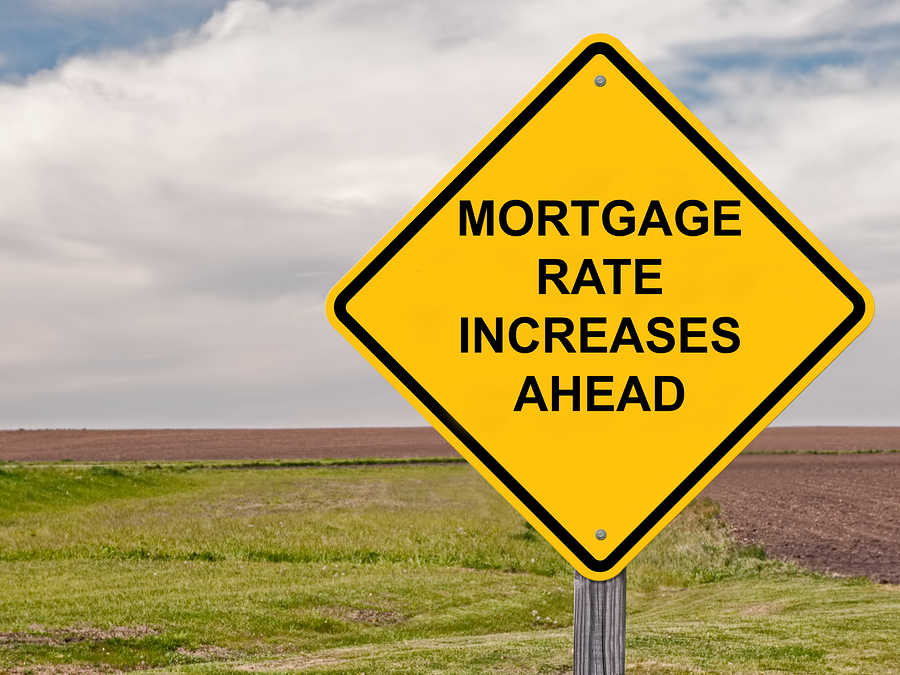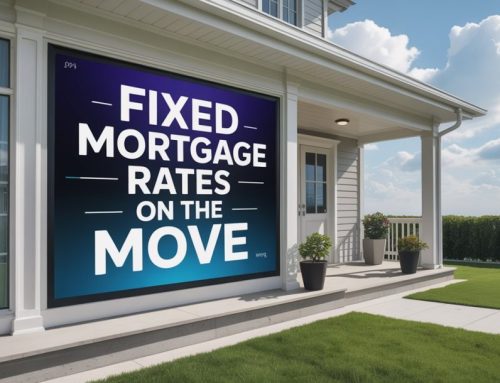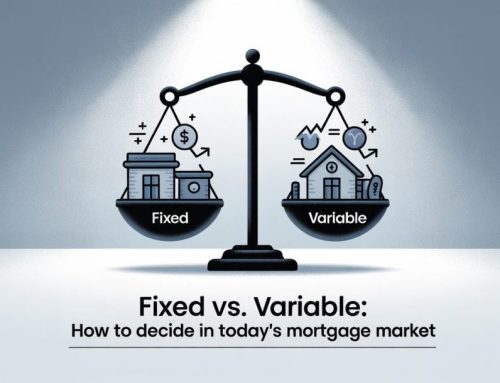The Bank of Canada announced this morning that they will be increasing their overnight rate by 0.25%, which in-turn, increases prime rate by 0.25%. This was no big surprise and the Bank of Canada has had their finger on the trigger since their last increase this past July. This announcement came this morning, October 24th at 10am EST.
This means that prime rate will be increasing to 3.95% and most financial institutions will be implementing this change before the end of the week…. if not before the end of the day.
Is the Bank of Canada finished with their increases?
Unfortunately not. While this will likely be the last rate increase we see for 2018, They will continue to keep their finger on the trigger through 2019 and are looking to increase rates two more times next year. Whether this actually happens or not, time will tell. We had gone from September 2010 through to July 2017 without a single increase to prime rate. Yet, almost every single year, economists were predicting prime rate would increase ‘next year’. Eventually, they were correct, however most years they were not. Will that happen again? Time will tell, however if our economy remains at it’s current pace, then it’s quite likely that these predicted rate increases will become reality.
How will this affect fixed mortgage rates?
Note that this affects those with variable rate mortgages and lines of credit only. This does not apply to fixed mortgage rates, which are driven by bond yields.. The yields dropped slightly around the second week of October, which has relieved upward pressure on fixed rates. They have remained flat since that period, which means that fixed mortgage rates are stable….. for now. As prime rate is expected to increase further in 2019, fixed mortgage rates will start to follow and we could potentially see fixed rates in well into the 4% range by the end of 2019, and topping 5% in 2020.
You can follow the bond yields yourself here.
You can read about the announcement here.
What action should you take to protect yourself?
With hundreds of variable rate clients, it’s physically impossible for me to contact everyone’s lender to figure out rate options and payments.
Contact your lender and write down the answers to these questions and send them to me:
1. What is my current rate?
2. What are all of my options for locking into fixed rates?
3. What would my penalty be today?
4. How many months are remaining on my term?
5. How many months are remaining on my amortization?
Contact details for most of your lenders. If your lender isnt listed here, a quick google search will help:
TD Bank
First National Financial
Industrial Alliance
RMG
ICICI Bank
Scotiabank
MCAP
CMLS
BMO
B2B Bank
Street Capital Bank
National Bank
Canadiana Financial
With the information above, I can then advise on your best course of action.
If you will need a new mortgage within the next 4 months, now is the time to get started. Do not delay any further.
Do you have any high interest debt you want to consolidate? Now is the time to consider refinancing and consolidating it into your mortgage.
Currently, there are still 5 year fixed rates available for as low as 3.19% for high ratio (less than 20% down payment) purchases only. For other situations, 5 year fixed rates range from 3.39% – 3.64%. Variable rate mortgages range from prime -1.25% to prime -0.85%
There is also a great 7 year fixed mortgage available for 3.44% for those with high ratio (insured) mortgages or those with 35% or greater down payment / equity. (not available on homes valued at over $1 million if purchased after November 30th, 2016. This rate applies to purchases and switches only).







